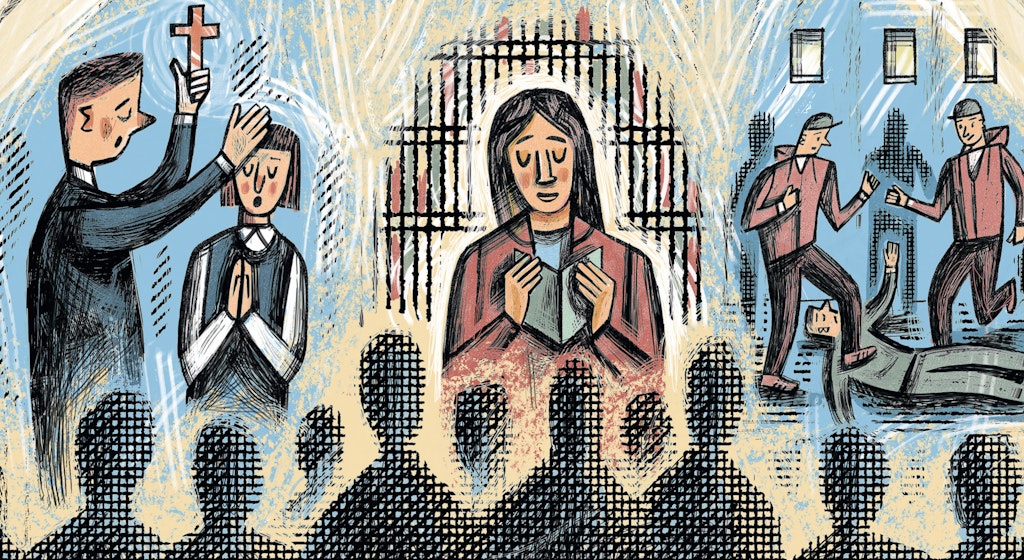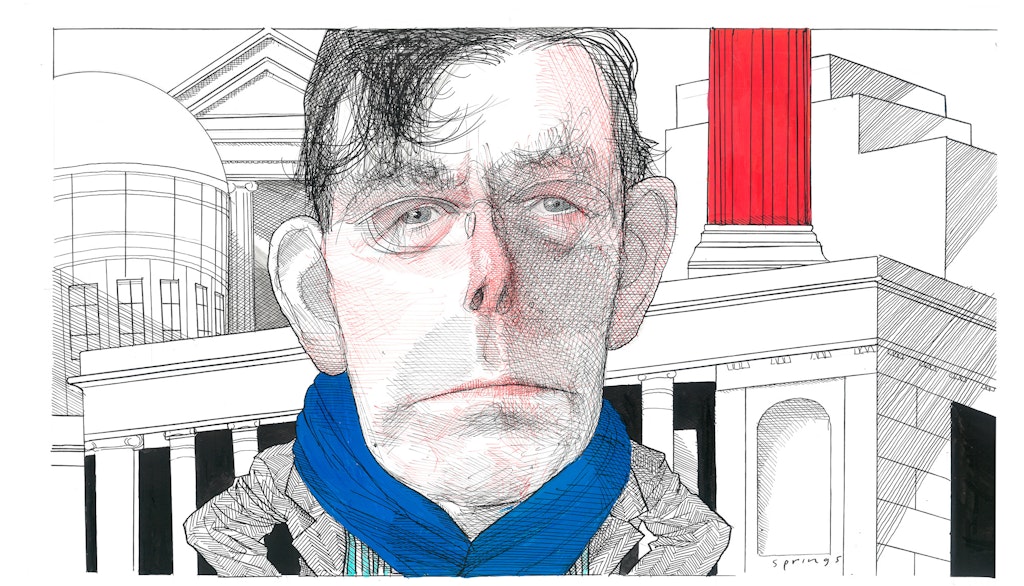“Safe and legal routes” is a dangerous cliché
Parties should be challenged to be clear on what they mean
As the tally of those who have crossed the Channel into Britain on small boats since Rishi Sunak became Prime Minister hits 50,000, some of Britain’s other major parties have converged upon a convenient solution to the matter. The alluringly simple call to end the irregular crossings by establishing “safe and legal routes” has been made since the issue’s inception, and has now been adopted as the official policy of both the Liberal Democrats and the Greens. It allows parties to dismiss the Conservatives’ hapless and ill-fated Rwanda scheme as an unnecessary and cruel distraction, with the pretence that no alternative removal agreement will be needed once those “safe and legal routes” get going.
But this is a fantasy. Establishing safe and legal routes for refugees to settle in Britain will not deter those who are planning on crossing the Channel from doing so, and we know as much given that such routes already exist. Since 2015, the UK has resettled around half a million refugees into Britain using established safe and legal routes. These routes are intended to help those most at risk, and have therefore prioritised resettling those from areas of intense conflict such as Afghanistan, Ukraine, and Syria.
Yet despite the existence of these routes, irregular crossings across the Channel have consistently increased throughout this period, reaching almost 50,000 people in 2022 alone. So why has the establishment of safe and legal routes coincided with an unprecedented number of people crossing irregularly to claim asylum? Part of the explanation can be gleaned from looking at the national origin of those who have made the crossing in the last few years. Some of the most highly represented nationalities include Albania, Vietnam, Pakistan and India. No safe and legal routes exist from these countries, because why would they? None are currently at war, nor do they have exceptionally oppressive or persecutory regimes. So setting up further safe and legal routes with countries currently experiencing conflict would change little for the significant portion of those making the journey to Britain from nominally safe countries.
There are also those crossing the Channel journeying from countries that do have formal resettlement routes to Britain, such as the significant number of Afghans crossing irregularly. In such cases, it would appear that the establishment of safe and legal routes has been insufficient in deterring people from making the journey irregularly. But this should be of no surprise; the Afghan Citizens Resettlement Scheme, the current safe and legal route for Afghan refugees seeking to settle in Britain, only commits to resettling up to 20,000 people per year. For a country with a population of over forty million, this means only a miniscule fraction of Afghanistan’s population is selected as some of the lucky few who get formally resettled to Britain. For the less fortunate rest, the only alternative option is to make the journey irregularly, a decision that has already been made by thousands.
The establishment of more safe and legal routes with countries experiencing conflict would therefore fail to address the significant portion of migrants crossing from safe countries, as well as fail to deter those who were not amongst those chosen for formal resettlement from making the journey irregularly instead. The only way a policy of safe and legal routes could negate the need to make irregular crossings would be if such routes were to be made available to everyone, everywhere, guaranteeing the right to resettlement into Britain to all refugees worldwide. Such a commitment would obviously be a practical impossibility, yet, perhaps unwittingly, it is exactly the stance that those parties committed to safe and legal routes have taken.
Take the Liberal Democrats’ manifesto promise to offer “asylum to people fleeing the risk of violence because of their sexual orientation or gender identification, ending the culture of disbelief for LGBT+ asylum seekers, and never refusing an LGBT+ applicant on the basis that they could be discreet”. The commitment to “never” refuse an asylum seeker who may suffer discrimination due to their sexual orientation is an enormous one if it is to actually be honoured. With the exception of South Africa and a handful of other sparsely populated nations, almost every nation on the continent of Africa has extremely discriminatory laws or attitudes towards LGBT+ people, with homosexuality being punishable by death in four African nations. Are we to believe that the Liberal Democrats will genuinely accept every LGBT+ asylum seeker from a continent with a population of 1.5 billion? Has the party even considered the implication of their commitment? And why has no one challenged them on this obviously unworkable policy?
The Green Party go even further. They affirm that all people have the right to claim asylum in any country of their choosing, therefore making a manifesto commitment to work with other nations to set up routes that allow asylum seekers to “arrive in the country of their choice to make their case”. Put so blithely, it can be easy to overlook just how enormous and consequential such a policy would be. If realised, the policy would mean that of the hundreds of millions of refugees worldwide, any and all will be allowed to come to Britain via official routes to claim asylum and settle if they so choose. Even a conservative estimate on the number of refugees who would wish to utilise this route would be in the millions. Are the Greens seriously committing to legally resettling potentially millions of refugees into Britain? Or is their commitment paper-thin, a convenient soundbite that plays well with their base but they know could never be practically implemented?
Will it be ten thousand? One million? Even more? The British public ought to know
Parties which have made such consequential commitments to offer safe and legal routes as the answer to the Channel crossings should therefore be challenged to explain how genuine their policy is. At a very minimum, they should be expected to clarify exactly how many refugees will be resettled through safe and legal routes each year. Will it be ten thousand? One million? Even more? The British public ought to know. Second, they should explain what their policy will be towards those who are not selected for formal resettlement. How will those individuals be deterred from crossing irregularly?
These are basic yet hugely important questions that immediately expose the weakness of “safe and legal routes” as the panacea to all Britain’s asylum problems. Given the importance of the issue, and with just a week before the election, now is the time for parties to come clean.
Enjoying The Critic online? It's even better in print
Try five issues of Britain’s newest magazine for £10
Subscribe














